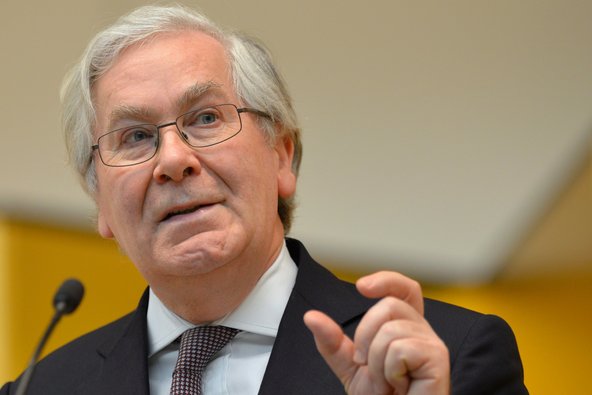If he lives too high on the hog, worry about whether he is paying enough attention to work to catch fraud being committed by his subordinates. And there may be a greater chance that the company is making mistakes in its accounting, though not fraudulently.
Determining whether fraud was committed at a company is hard enough, but trying to figure out why is much harder. Presumably some chief executives do it to get rich from rising stock prices, but others in similar situations do not give in to such temptations.
Three academics set out to see whether there were any clear differences between chief executives of companies where fraud was committed and chiefs of similar companies where fraud did not take place — or at least where it was never detected. And they found evidence that those who are willing to violate other rules are also more willing to violate securities laws.
Their results are reported in a paper, “Executives’ ‘Off-the-Job’ Behavior, Corporate Culture and Financial Reporting Risk,” which is to appear in the Journal of Financial Economics. It was written by Robert Davidson, who teaches accounting at Georgetown University, along with Aiyesha Dey of the University of Minnesota and Abbie Smith of the University of Chicago.
Examining fraud cases that the Securities and Exchange Commission filed over the years — covering frauds that began between 1992 and 2004 — the researchers looked for other companies that were as similar as possible to the companies that were caught. Those companies were of similar size, had similar balance sheets and similar prefraud stock market performance as the fraudulent companies and were in the same industries.
That gave them 109 companies where fraud was detected and 109 similar ones where it was not.
The academics then hired private investigators to check out the bosses. They looked for past criminal records, including traffic violations, and they searched public records to see which cars, homes and boats the chief executives owned.
The criminal records were the most interesting.
You might think that anyone who rises to the top of a public company would have a clean criminal record. That does not turn out to be the case.
Of the 109 chief executives of companies found to have committed fraud, 12 had previous encounters with the law that were more serious than a speeding ticket. The academics counted eight felony drug charges, four cases of domestic violence and four traffic violations so serious that they were lumped under the heading of reckless endangerment. (Some of the bosses had more than one item on their record.)
Of the other 109 — the ones whose companies had not been accused of committing fraud — there was nothing more serious than an ordinary traffic violation.
The idea that companies might want to avoid hiring chief executives with a history of felony drug charges is hardly a surprising one. But it is not as obvious that even simple traffic tickets seem to correlate with fraud.
Of the 109 chief executives from nonfraudulent companies, just five had traffic tickets. Sixteen of the fraud company chief executives had such tickets. Some of them also had more serious violations. Altogether, 22 of the 109 had some previous violation.
“We still have pretty strong results if we use only speeding tickets,” Mr. Davidson said. “The implication is you would at least want to consider the things that are often considered relatively minor.”
The statistics are far from conclusive — 109 is not a large number — but they may take on a little more weight from the decision of the researchers to investigate an additional 164 chief executives. They came from 94 companies that were forced to restate their financial statements but were not accused of fraud by the S.E.C., and from 70 others chosen at random from the universe of companies that did not have fraud or accounting errors. None of the 164 had serious offenses, and the proportion with minor traffic violations was much lower than it was among the fraudulent companies.
What this could indicate is that people who are willing to violate one set of social norms are more likely to be willing to violate far more serious ones.

Floyd Norris comments on finance and the economy at nytimes.com/economix.
Article source: http://www.nytimes.com/2013/07/26/business/where-corporate-fraud-and-traffic-tickets-may-intersect.html?partner=rss&emc=rss
